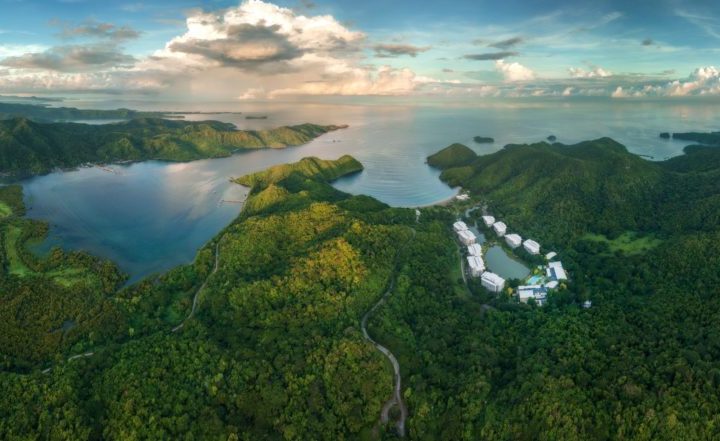The main beach resort town in Nasugbu, Batangas, Hamilo Coast, is on pace to become a successful example of eco-tourism techniques.
Hamilo Coast, a project of SM Prime’s Costa Del Hamilo Inc. (CDHI),has 5,800 hectares of prime
beachside development. Carefully integrating residential, resort, leisure, commercial, and institutional land uses throughout the vast estate.Hamilo Coast and World Wide Fund for Nature Philippines (WWF) have been collaborating on important sustainability initiatives for 15 years, including coastal resource management, ridge-to-reef management, solid waste management, mangrove reforestation, the use of renewable energy sources, and environmental awareness.

This ongoing partnership with WWF demonstrates Hamilo Coast’s commitment to
pursuing Ecotourism and sustainabilitywhile upholding global standards for the
construction of recreational properties.
“We aim to create and sustain a world that future generations may enjoy, not only build and maintain a beautiful community.
Imee Francisco, vice president and head of CDHI Projects and Operations,stated that CDHI is continuing to expand Hamilo Coast without sacrificing the quality of the
wildlife that lives there in order to further this goal.
This year, Hamilo Coast and WWF will concentrate on dealing with the key aspects of waste management,
such as the evaluation of solid waste, water and wastewater management techniques, creation of an environmental
management plan, and the development of food shed farming systems.
In addition to this, Hamilo Coast and WWF will continue to work on initiatives that will support environmental protection,
preservation, and stewardship.
For starters, the Hamilo Coast and WWF’s Ridge to Reef program designated three of the 13 coves on the Hamilo Coastas marine protected areas: Pico de Loro, Etayo,
and Santelmo (MPAs).
These are coastal areas where there are stringent regulations on human activity to
guarantee their long-term preservation.
By establishing new MPAs, Hamilo Coast would be able to protect more maritime
ecosystems and resources.






